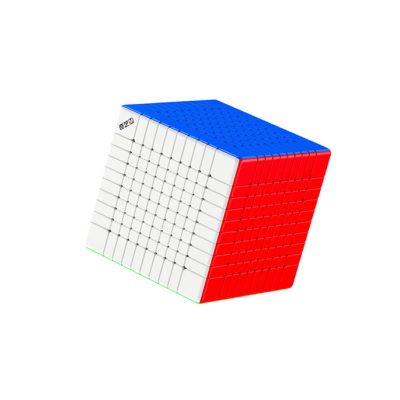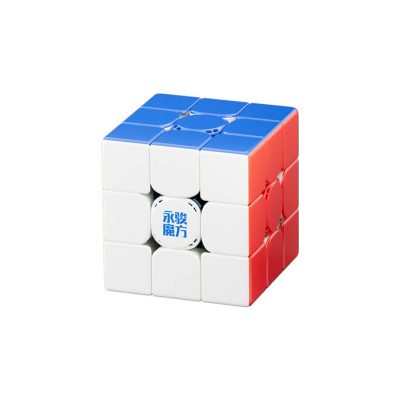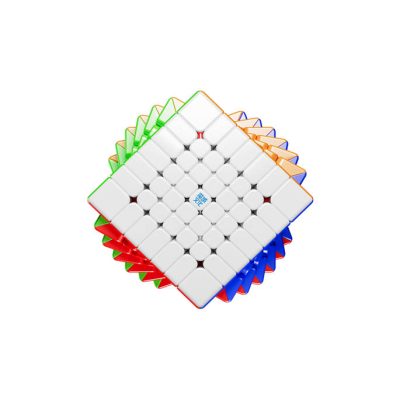-
 Dave Vinke
Dave Vinke
- Leestijd: 5 min
- Laatst geüpdatet: 13/10/2025
Wooden building kits can indeed break due to various factors such as moisture, temperature changes, and improper use. Wood is a natural material that responds to environmental conditions and mechanical stress. With proper care and preventive measures, you can significantly extend the lifespan of your wooden building kit. This guide answers the most important questions about damage, prevention, and repair of wooden building kits.
What makes wooden building kits vulnerable to damage?
Wooden building kits are susceptible to damage due to the natural properties of wood as a material. Wood shrinks and expands with temperature and humidity changes, which can cause connections to loosen and cracks to form. Additionally, wood can split along the grain when excessive force is applied.
The most vulnerable components are thin elements such as small support beams, decorative details, and connecting pieces. These parts have less mass to absorb stress and therefore break more easily than thick main components. End grain (the cut end of wood) is also particularly sensitive because the wood fibers are exposed.
Moisture poses the greatest threat to wooden building kits. It can lead to swelling, warping, and in extreme cases, mold formation. Rapid temperature changes create stress in the wood, especially when different parts of the building kit expand unevenly.
Mechanical stress from improper handling or dropping can result in breaks, especially at connection points where different components meet. Small children who press or pull too hard on parts also present a risk factor for damage.
How can you prevent your wooden building kit from breaking?
Prevention starts with proper use during construction and afterwards. Always follow the assembly instructions and never force components that don’t fit easily. Use appropriate tools and apply even pressure when assembling components. Regularly check that all connections remain secure.
The storage environment plays a crucial role in preserving your wooden building kit. Store it in a dry place with stable temperature, preferably between 18-22 degrees Celsius and 45-55% humidity. Avoid locations near radiators, air conditioning, or windows where direct sunlight can shine.
Regular maintenance significantly extends the lifespan. Dust the building kit carefully with a dry, soft cloth. For harder wood types, you can occasionally use a slightly damp cloth, but dry it immediately afterwards. Treat the wood annually with a suitable wood protector or beeswax to prevent drying out.
Place the building kit on a stable surface where it cannot fall or be knocked over. Use protective mats under heavy models if necessary to prevent scratches on furniture and dampen vibrations that can weaken connections.
What do you do when parts of your wooden building kit get damaged?
For small cracks or splits, you can often repair them yourself with wood glue and gentle pressure. Clean the break thoroughly, apply a thin layer of wood glue, and clamp the parts together for 24 hours. Remove excess glue immediately with a damp cloth to prevent stains.
For broken parts, first determine if repair is possible. Straight breaks in thick parts can often be glued successfully. Complex breaks in thin parts or decorative elements are usually not reliably repairable and require replacement of the component.
Small holes or dents can be filled with wood filler in the right color. Let this dry well and sand carefully smooth with fine sandpaper. Then apply a thin layer of wood stain if necessary to match the color.
For replacement parts, contact the manufacturer or supplier of the building kit. Always keep the original packaging with product information and article number. Many manufacturers offer replacement parts, especially for popular models. Alternatively, you can try to recreate the missing part from suitable wood, provided you have the right tools.
Which wooden building kits are the most durable?
Building kits made from harder wood species such as beech, oak, or maple are generally more durable than those made from soft woods like pine or poplar. Hardwood is less susceptible to dents and wear, but is also more expensive and harder to work with. Softwoods are more beginner-friendly but require more careful handling.
The construction method also determines durability. Building kits with mortise and tenon joints or dovetail connections are sturdier than models that rely only on glue and small pins. Thicker wall sections and reinforcement ribs significantly increase structural strength.
When purchasing, pay attention to the wood thickness of the components. Panels at least 3-4mm thick are more reliable than thin laser-cut parts of 1-2mm. Also check that all parts are smoothly sanded without splinters or rough edges that could break.
For those looking for quality wooden building kits, our model building range offers various durable options. Our selection of wooden building kits contains models from reliable manufacturers known for their quality and attention to detail.
Preferably choose building kits with clear instructions and good customer service. Manufacturers who offer replacement parts and answer questions show confidence in their product and support you with any problems. Read reviews from other builders to gain insight into the practical durability and any weak points of specific models.
Frequently Asked Questions
How often should you maintain a wooden building kit to keep it in good condition?
For optimal maintenance, we recommend dusting the building kit monthly and treating it annually with wood protector or beeswax. Additionally, check every 3-6 months that all connections are still secure and look for signs of wear. With intensive use or in humid environments, more frequent maintenance may be needed.
Can I safely clean a wooden building kit with water and soap?
Water and soap are not recommended for wooden building kits because moisture can cause the wood to swell and warp. Always use a dry, soft cloth for dusting. For stubborn stains, you can very carefully use a slightly damp cloth, but dry the wood thoroughly immediately afterwards to prevent moisture damage.
What are the first signs that my wooden building kit is getting damaged?
Look out for small cracks around connection points, loose parts that move easily, discoloration of the wood, or white spots that could indicate mold. Also, if parts no longer fit properly or the model becomes unstable, these are early warning signs. Early action often prevents major repairs.
Is it possible to replace a completely broken part yourself?
Yes, this is often possible if you have the right wood and tools. Measure the broken part accurately, use wood of the same thickness and type, and copy the shape with a fine saw. For complex shapes, you can use the broken piece as a template. Ensure a good fit before permanently attaching the new part.
Which wood glue works best for building kit repairs?
PVA wood glue (white wood glue) is ideal for most repairs because it dries clear and provides a strong bond. For outdoor models or humid conditions, polyurethane wood glue is better due to its water resistance. Always use glue suitable for the specific wood type of your building kit.
How do you prevent small parts from getting lost during construction?
Work with a tidy workspace and use small containers to sort parts by step. Place a light cloth under your work area to catch rolling pieces. Take photos of the parts before you start, so you know what belongs to each step. Always store spare parts in labeled bags for future use.
Can wooden building kits be repaired if they have been sitting dry for years?
Yes, but dried-out building kits require extra care because the wood may have become brittle. Start by gently humidifying the environment to let the wood slowly acclimatize. Treat the wood first with a conditioner or light oil before making repairs. Work slowly and never force parts that have become stiff.
Table of contents
Much viewed
More blogs
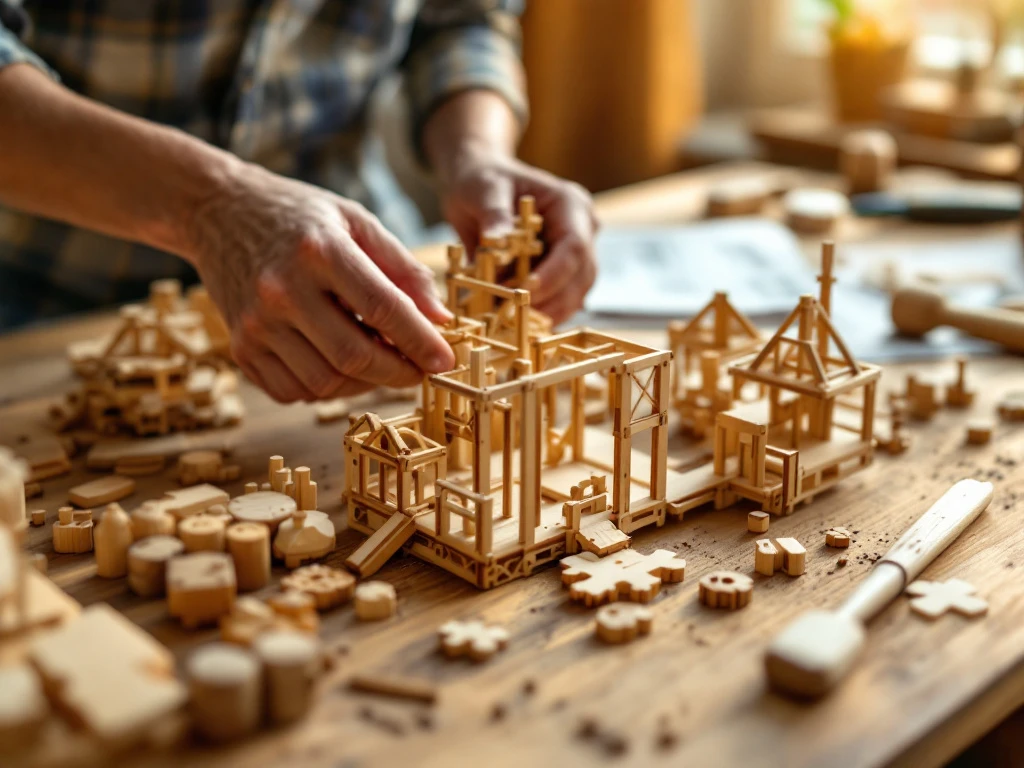
Can adults have fun with wooden construction kits?
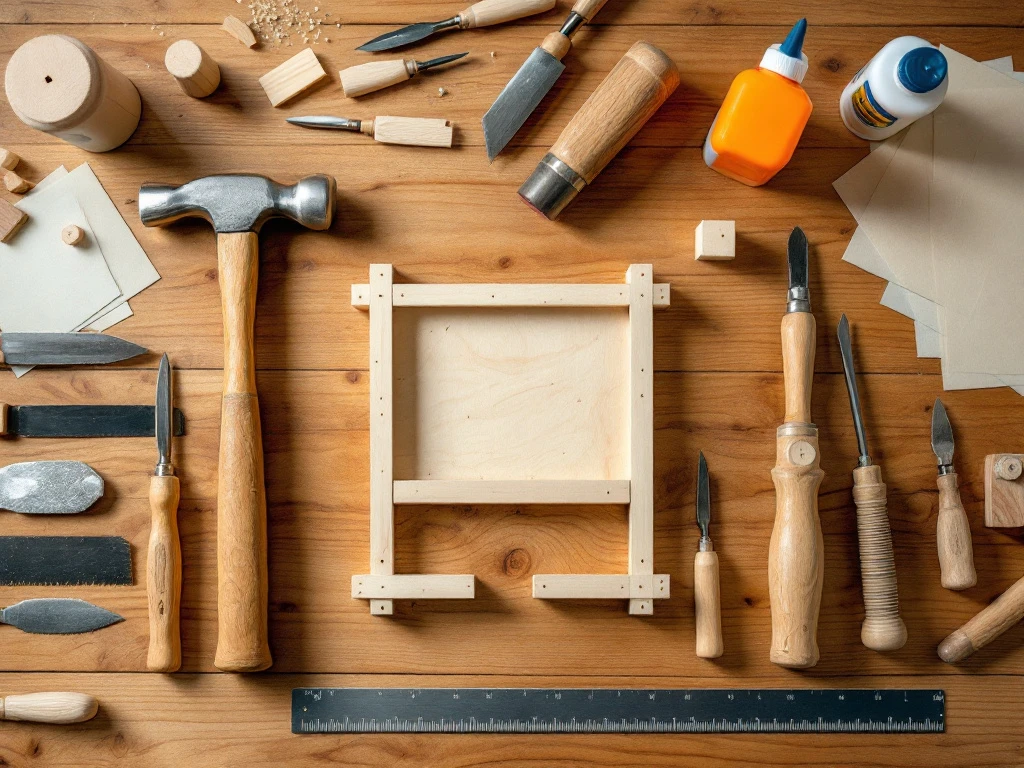
What tools are needed for wooden construction kits?
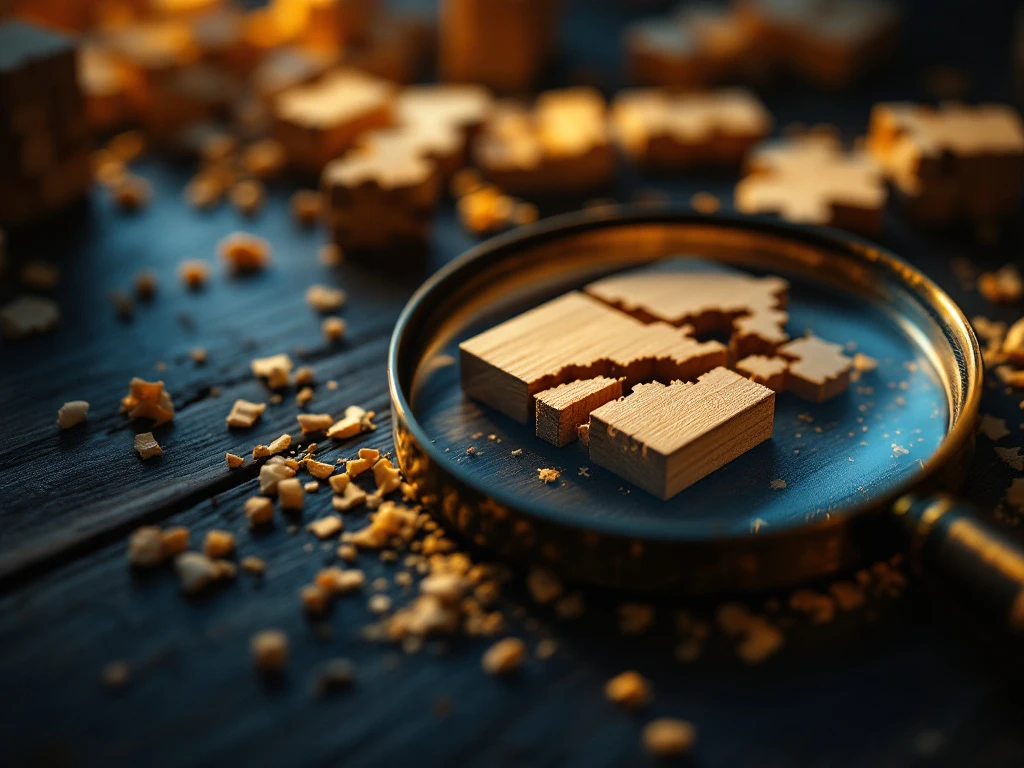
What are the risks of wooden building kits?


